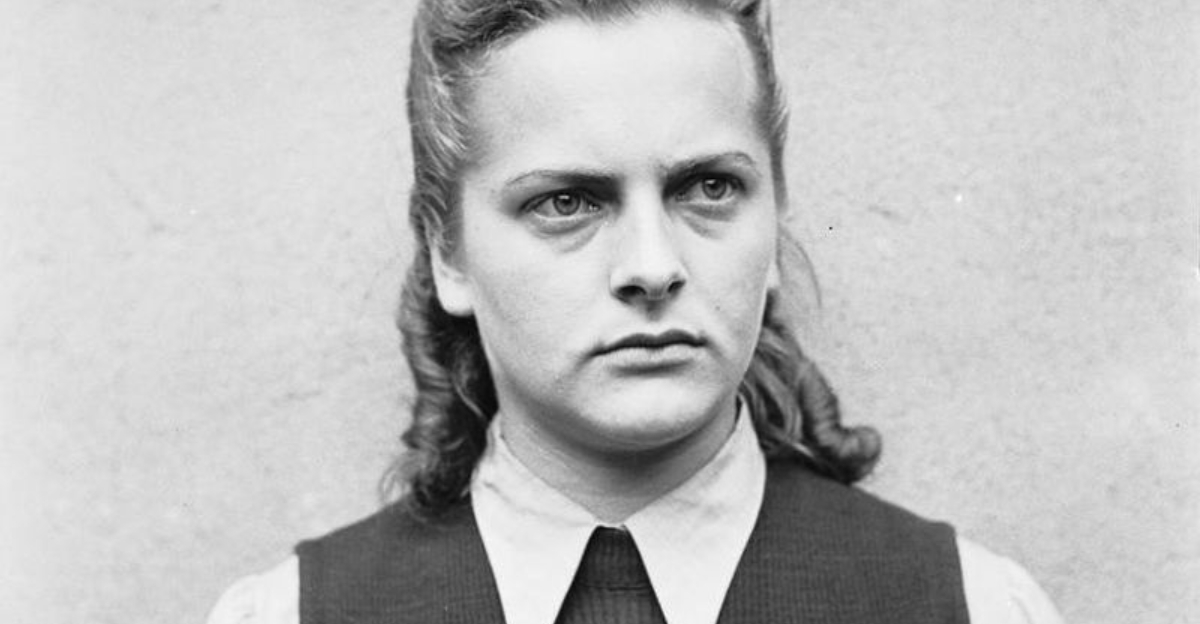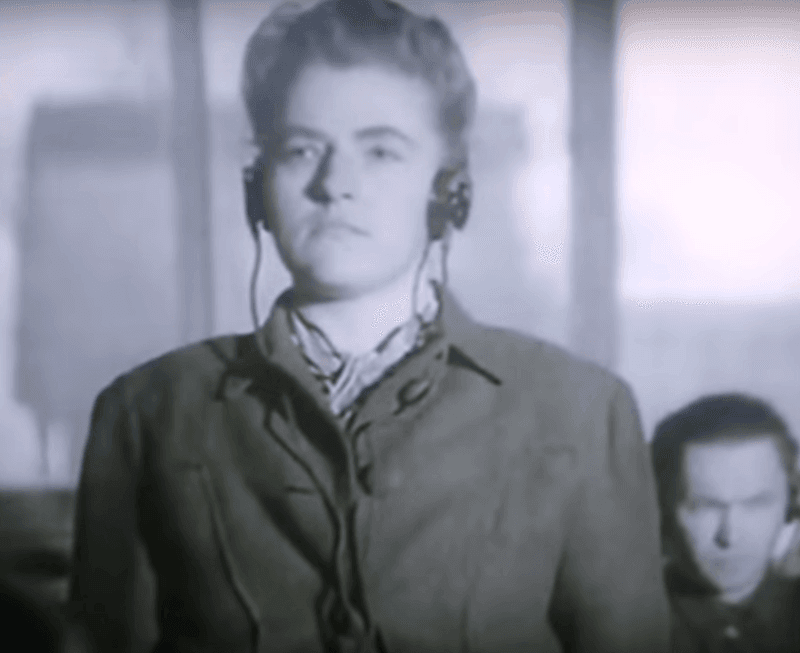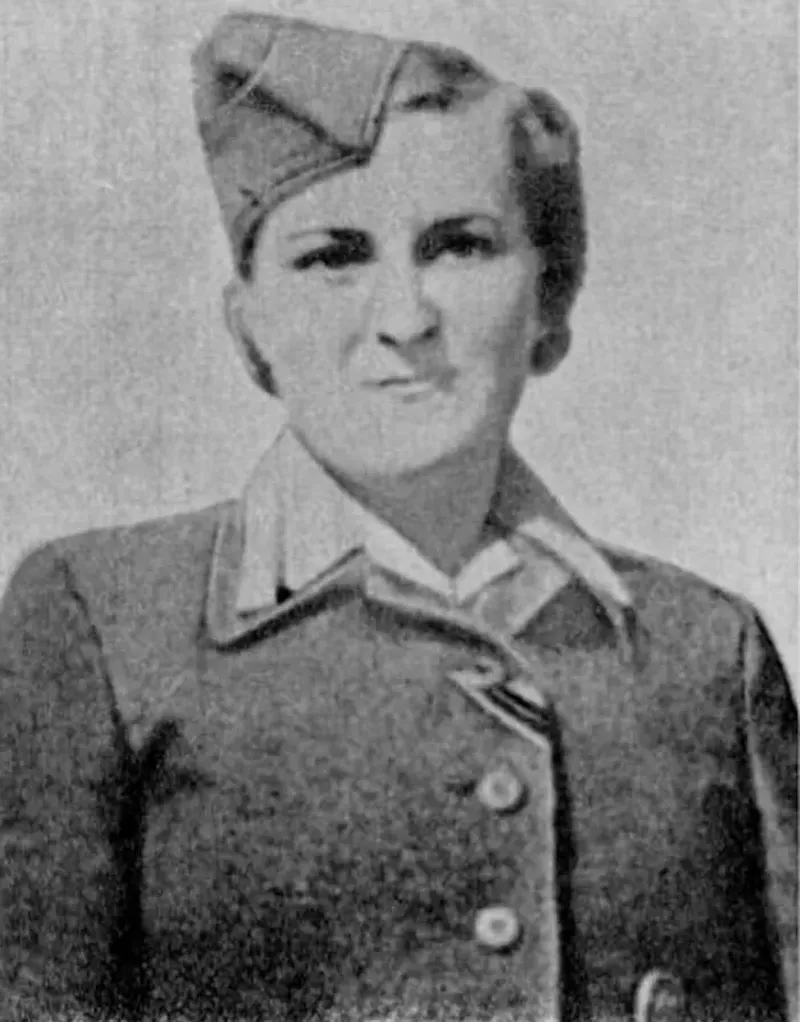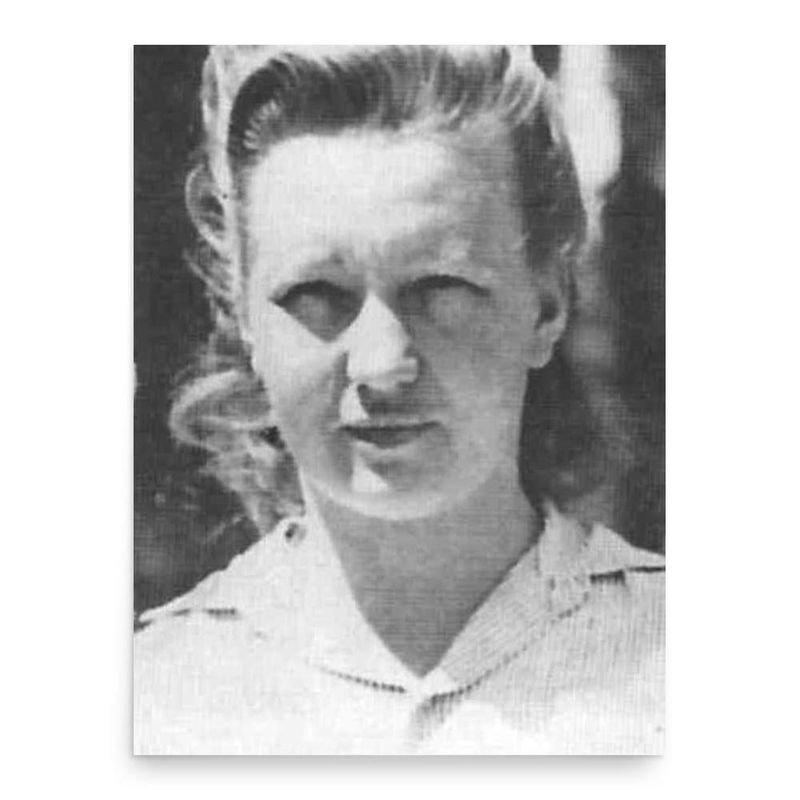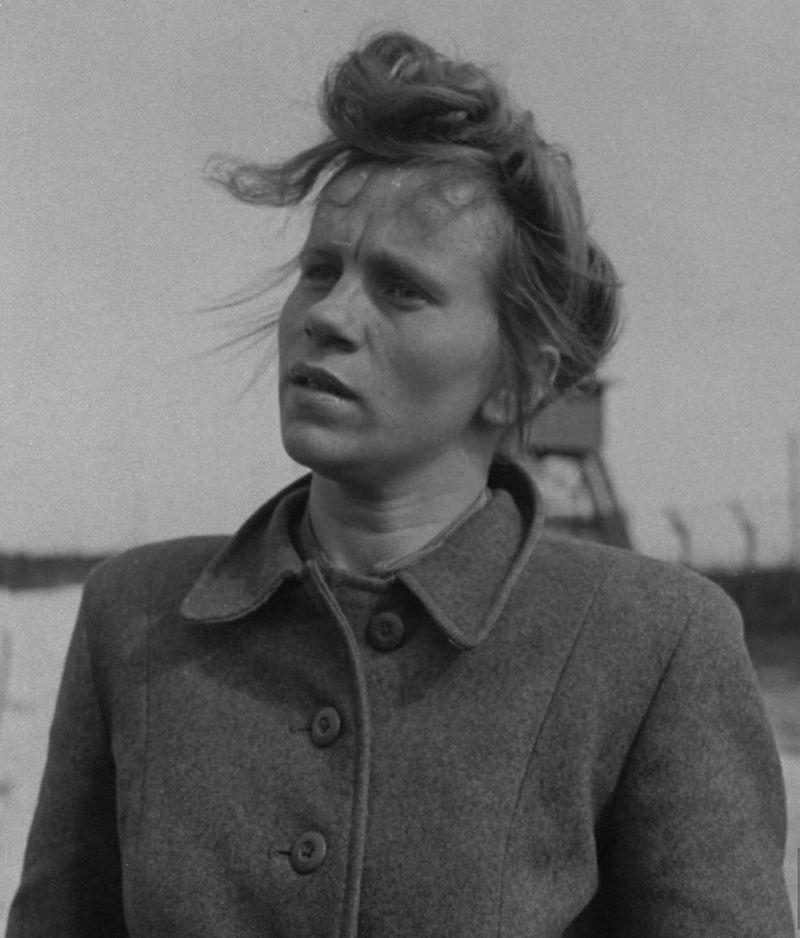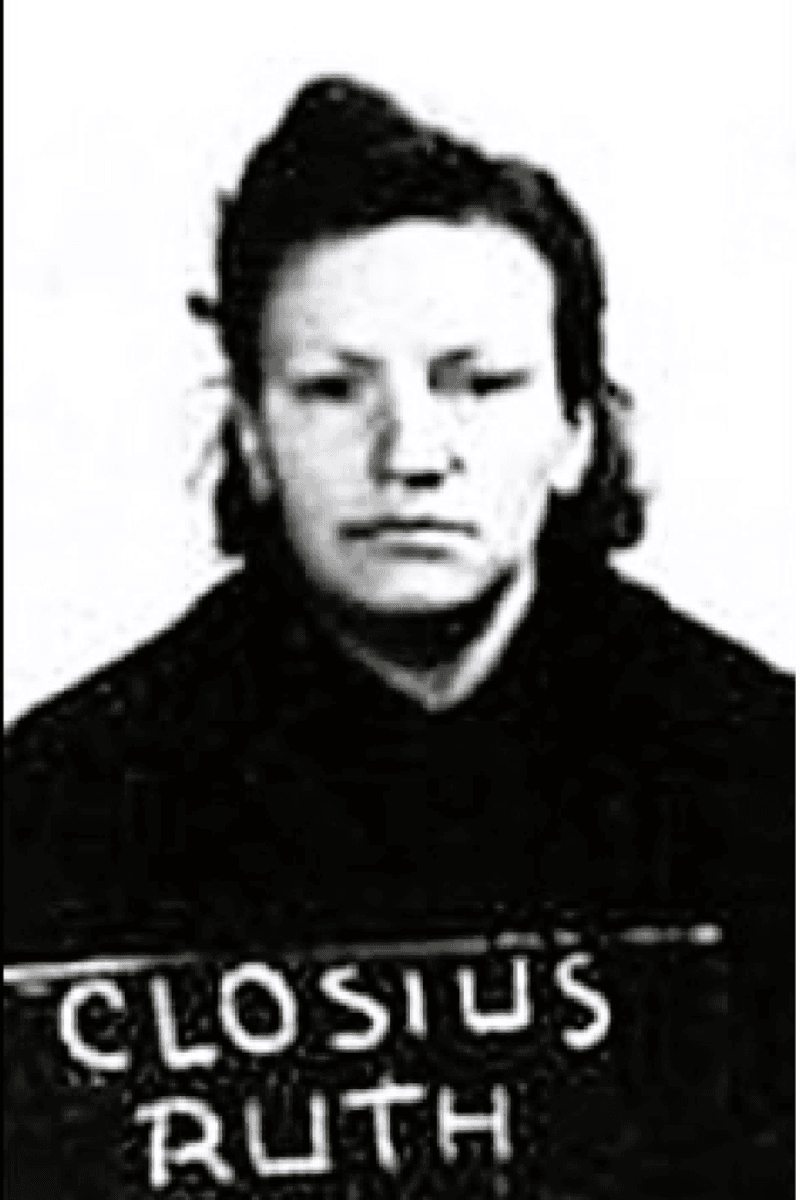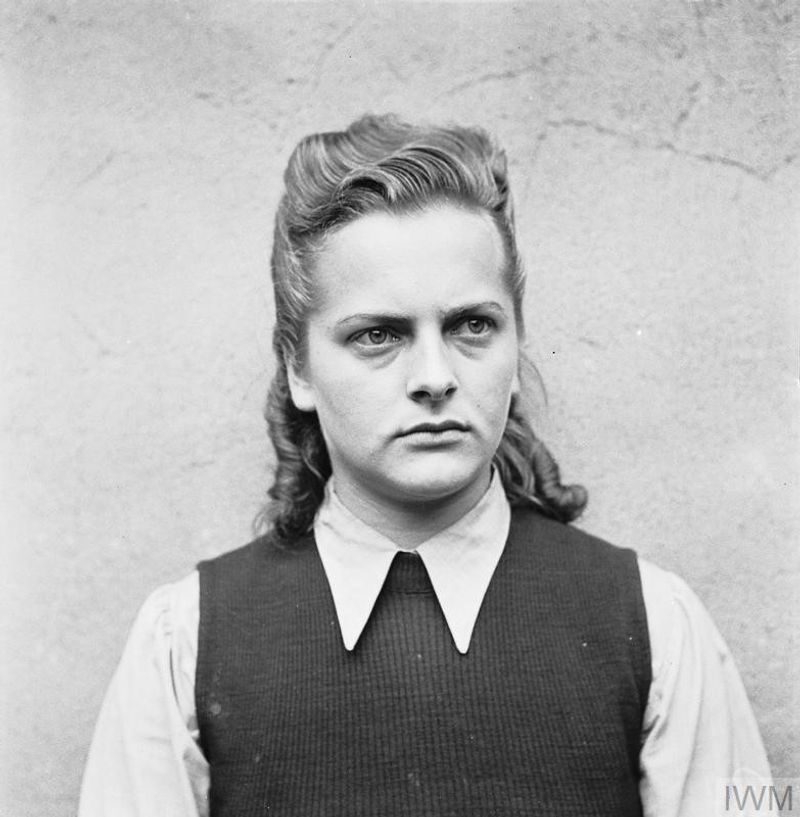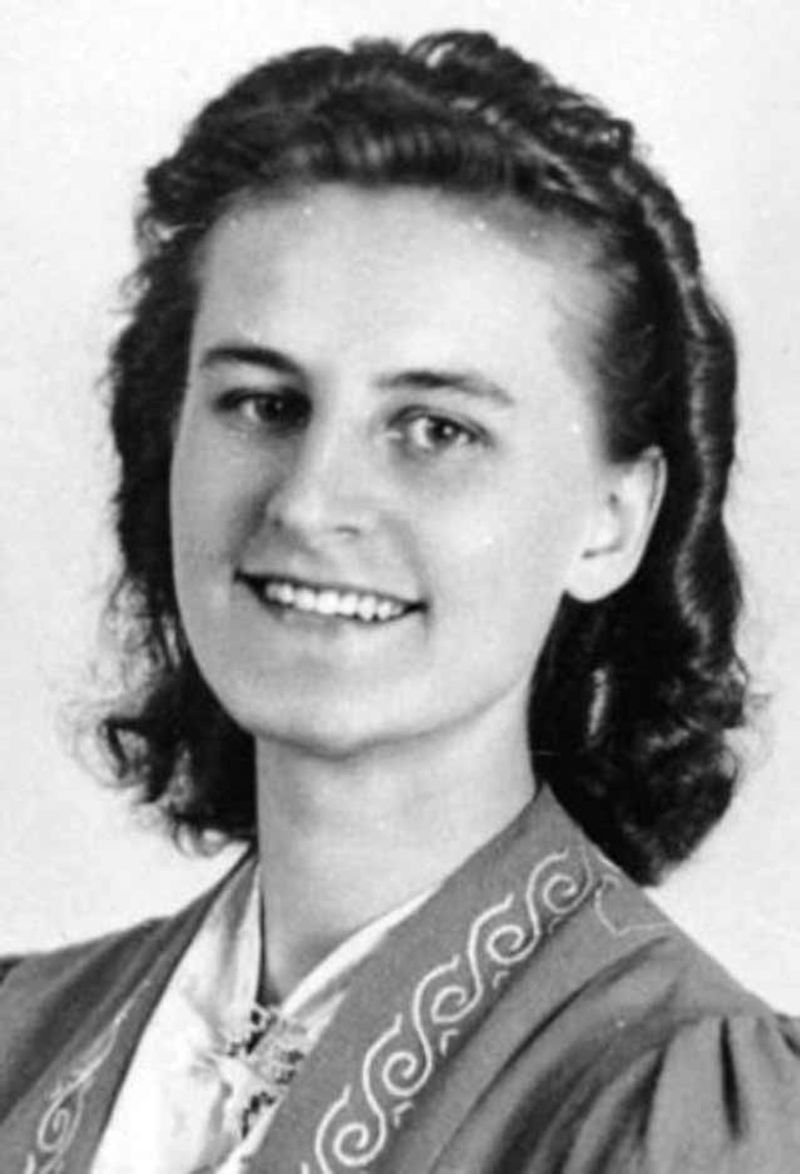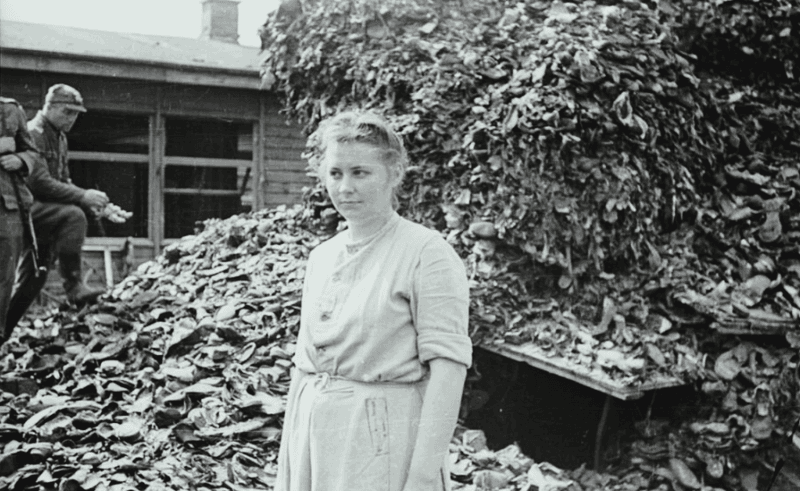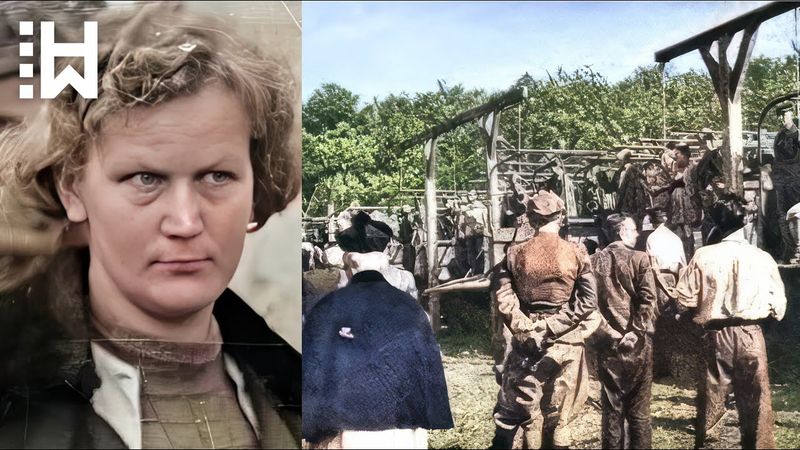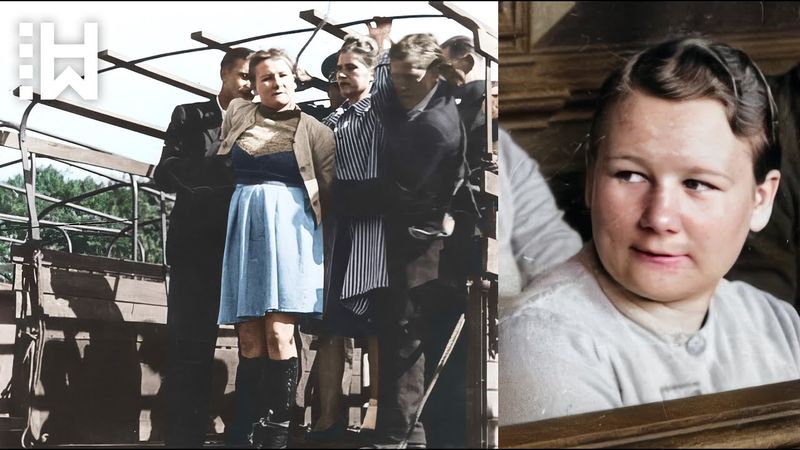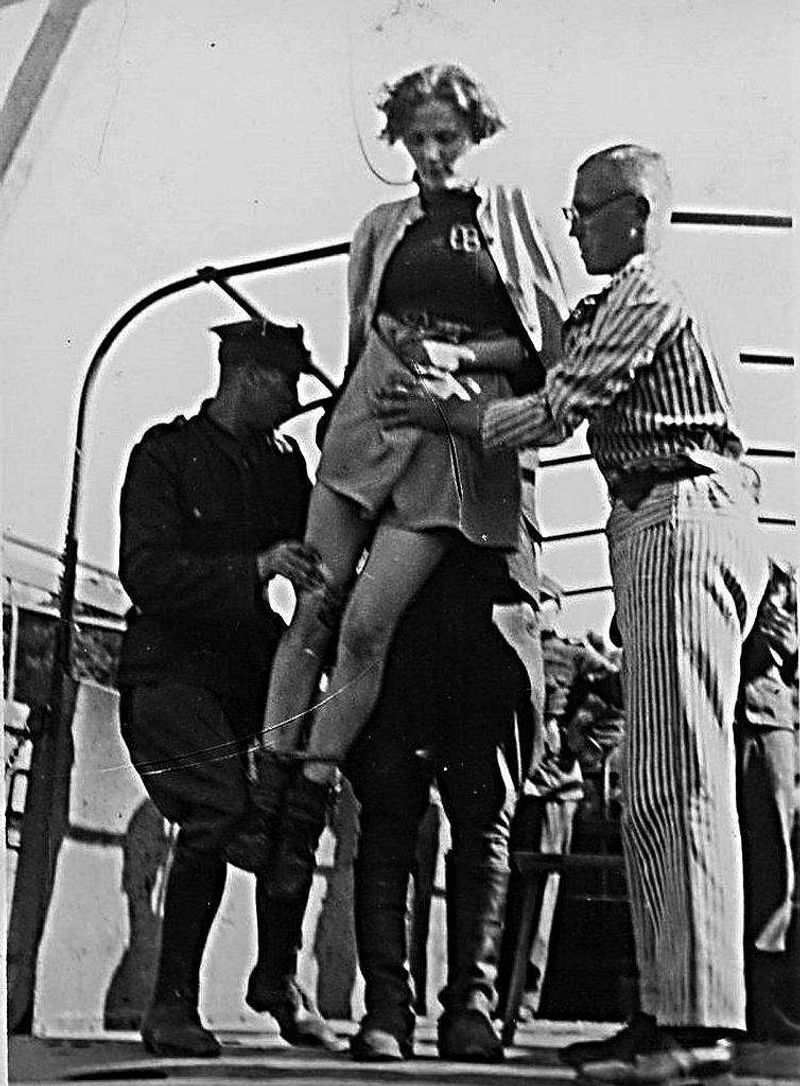The female guards of Nazi concentration camps played a notorious role during World War II, often remembered for their cruelty and participation in the horrific events within the camps. This post explores ten of these women, examining their roles, actions, and the consequences they faced after the war.
1. Maria Mandl
Maria Mandl, known as the “Beast of Auschwitz,” played a key role as Lagerführerin at Auschwitz-Birkenau. Her involvement in the selection process was notorious, contributing to the deaths of thousands. Mandl’s command over the women’s camp highlighted the significant roles women held in the camp hierarchy. After the war, her capture led to a trial that ended in her execution. Her case underscored the brutal efficiency the Nazis employed. Despite her crimes, Mandl remains a striking example of how ordinary individuals can commit extraordinary evil. Her life prompts reflections on responsibility and obedience.
2. Hermine Braunsteiner-Ryan
Dubbed the “Stomping Mare,” Hermine Braunsteiner-Ryan’s cruelty was marked by her violent actions. Serving at Ravensbrück and Majdanek, her reputation for brutality preceded her. She became the first Nazi war criminal extradited from the U.S. Her life sentence served as a testament to delayed justice. Despite her attempts to live a quiet post-war life, her past caught up with her. Braunsteiner-Ryan’s story is a complex mixture of denial and accountability. Her extradition marked a pivotal moment in the pursuit of justice years after the war, showing that time does not erase responsibility.
3. Dorothea Binz
Dorothea Binz’s rise from kitchen duty to head overseer at Ravensbrück was marked by harshness and strict discipline. Her involvement in training other guards amplified her impact. Binz’s execution was a result of her notorious role in the camp’s operations. Her story highlights the systemic nature of cruelty within the camps, as she trained others to follow in her footsteps. Known for her strictness, she remains a symbol of the harsh realities faced by prisoners. Binz’s execution was a clear message against the brutality she embodied, reflecting the broader pursuit of justice after the war.
4. Elisabeth Volkenrath
Elisabeth Volkenrath’s journey through the ranks of the Nazi camp system was characterized by her involvement in selections at Auschwitz. Her role as Oberaufseherin at Bergen-Belsen marked the culmination of her infamous career. Known for her strict demeanor, Volkenrath was a key figure in the administration of the camps. Her trial at Belsen showcased the extent of her involvement and the brutality of her actions. Volkenrath’s execution was a significant moment in post-war justice, reflecting the accountability sought for those who held power in the camps. Her story is a poignant reminder of the era’s horrors.
5. Ruth Closius-Neudeck
Ruth Closius-Neudeck’s trajectory in the Nazi hierarchy was marked by her promotion to Blockführerin and her role in selections at Uckermark. Her participation in the gas chamber operations was particularly heinous. Captured and tried at the Third Ravensbrück Trial, her execution underscored the gravity of her crimes. Known for her ruthlessness, Closius-Neudeck epitomized the cruelty endemic in the camp system. Her trial was a pivotal moment in addressing the atrocities committed by female guards, highlighting the culpability of women in the Nazi regime. Her story remains a stark reminder of the capacity for human cruelty.
6. Irma Grese
Known for her brutality, Irma Grese became infamous as the “Hyena of Auschwitz.” As an SS-Helferin and later Oberaufseherin, she was involved in selections for the gas chambers. Her youthful appearance belied a cruel demeanor. At just 22, she was executed after the Belsen Trial, a significant yet grim milestone in post-war justice. Grese’s actions were shocking, even among the horrific standards of Nazi concentration camps. Her trial highlighted the extent of female participation in these atrocities, leaving historians pondering the nature of her cruelty. Irma’s legacy remains a chilling reminder of unchecked power.
7. Ewa Paradies
Ewa Paradies, once merely a trainee, rose to notoriety at Stutthof and its subcamps. Her involvement in atrocities was evident in her participation in the brutal camp operations. Known for her defiant attitude, she faced justice in the First Stutthof Trial. Paradies’ execution served as a public reminder of the consequences of such inhumane actions. Her story illustrates the ease with which individuals were drawn into the Nazi machinery. Despite her relatively short tenure, her impact was deeply felt by those under her charge. Paradies’ defiance in court mirrored her defiance in life, making her a memorable figure.
8. Jenny-Wanda Barkmann
Known as the “Beautiful Spectre,” Jenny-Wanda Barkmann’s facade of beauty contrasted sharply with her cruelty. Serving at Stutthof, she became notorious for her brutal selections. Her trial in the First Stutthof Trial was widely publicized. Barkmann’s execution was a moment of reckoning for her crimes. Her story serves as a testament to the deceptive nature of appearances, emphasizing that evil can wear many faces. Barkmann’s notoriety was partly due to the stark contrast between her appearance and her actions, making her a compelling figure in discussions about the nature of evil. Her execution sealed her infamous legacy.
9. Gerda Steinhoff
Gerda Steinhoff’s journey through the Nazi regime brought her to Danzig-Holm, where she was known for her ruthless efficiency. Her role in selections at the camp was marked by a chilling detachment. Steinhoff’s trial and subsequent execution highlighted the accountability sought for such actions. Known for her cold demeanor, she left a distinct impression on those who encountered her. Steinhoff’s story is a reminder of the systematic cruelty perpetuated by individuals in positions of power. Her execution, like many of her peers, was a step towards justice, ensuring that her deeds did not go unanswered.
10. Wanda Klaff
Wanda Klaff’s tenure at Stutthof’s subcamps was characterized by her abusive behavior. Despite her late entry into the Nazi ranks, she quickly adopted the harsh methods expected of guards. Her trial revealed the extent of her cruelty, leading to her execution. Klaff’s story demonstrates the rapid indoctrination experienced by many guards. Known for her focus and determination, she became a feared figure within the camp. Klaff’s execution was a testament to the consequences faced by those who participated in Nazi atrocities. Her role in the camps is a grim reminder of the human capacity for cruelty under oppressive systems.
11. Elisabeth Becker
Elisabeth Becker’s journey into infamy began on September 5, 1944, when she joined the ranks at Stutthof SK-III. Her role as an SS-Aufseherin involved escorting prisoners to the gas chambers, a duty that stained her legacy with blood. Despite her appearance of normalcy, her actions were anything but.
Becker’s involvement in the atrocities of Stutthof led to her being convicted at the First Stutthof Trial. Her trial highlighted the chilling reality of her deeds. On July 4, 1946, Elisabeth Becker faced the ultimate punishment for her crimes: public hanging.
This grim chapter serves as a reminder of the capacity for cruelty that existed within these camps.
